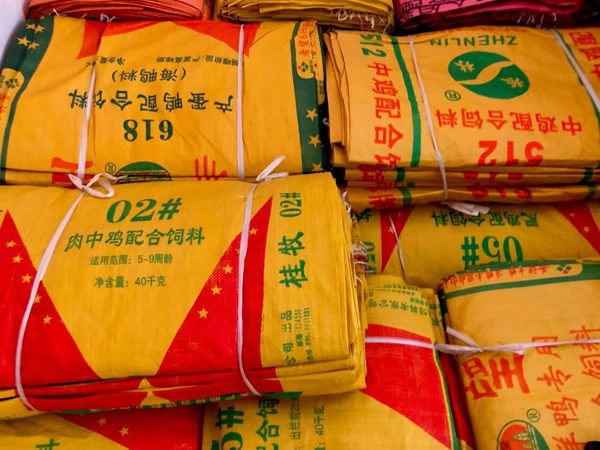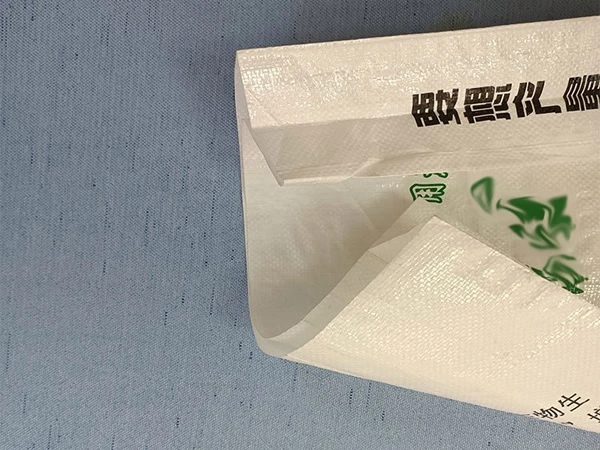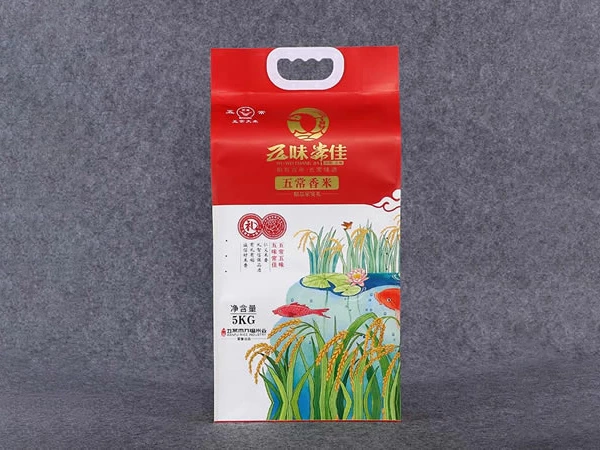Feed-Grade Bulk Bags: What Are They?
Many people get confused about feed grade meaning. A feed-grade bag is an FIBC that’s been designed to store and transport animal products. This is quite a general term but includes things like food intended for pets and domestic animals, as well as livestock. Compared to food-grade FIBCs, feed-grade bags are relatively inexpensive and are a good choice for storing and transporting products like dry pet food or grain feed.
Food-grade packaging material is designed and tested to be safe for direct contact with food, preventing harmful substances from leaching into products and preserving quality. These materials comply with strict safety standards set by regulatory bodies such as the FDA to ensure they are free from toxins, contaminants, and unsafe additives.
Common options include:
Plastics: HDPE, LDPE, and polypropylene (PP) for durability, flexibility, and heat resistance.
Glass: Inert, non-reactive, and ideal for preserving flavor and freshness.
Metal: Provides strong barrier properties and heat resistance, commonly used for canned foods.
Paper & Paperboard: Lightweight, recyclable, and suitable for various food applications.
Used in everything from beverages and snacks to fresh produce and prepared meals, food grade packaging materials can also support sustainability goals through recyclable or biodegradable options.
Feed-grade bags have fairly relaxed safety standards when compared to FIBCs that contain food intended for human consumption. Because of this, feed-grade bags can be manufactured in a wider range of environments with fewer hygiene restrictions in place. Unlike food-grade bags, feed-grade FIBCs can be made from recycled material. All of this greatly reduces the costs involved in producing feed-grade bags.
Food-Grade Bulk Bags: What Are They
Food grade meaning is fairly easy to understand. It refers to any bag that can be used to store and transport perishable products like salt, grains, legumes, and spices. As all of these items are intended for human consumption, a food-grade FIBC bag first needs to be certified to ensure they meet strict health and safety requirements. Only a recognized authority can grant this certification.
Even with strict hygiene controls in place, there’s always a chance that food can become contaminated when it comes into contact with packaging. Because of this, robust food safety standards need to be put in place to ensure any bag with the food grade definition applied contains as few contaminants as possible.
Food-grade FIBC bag manufacturing practices also help combat the risk of contamination. Unlike feed-grade bags, where recycled materials are acceptable, only virgin polypropylene can be used. This material ensures maximum safety and hygiene for handling products fit for humans. However, using it means that food-grade bulk bags are markedly more expensive than feed-grade ones.
How Production Methods Enhance the Safety Credentials of Food-Grade Bags
Using virgin material goes a long way in improving the safety of food-grade bags, but further steps can be taken to increase their health and safety credentials. Where feed-grade bags are manufactured, hygiene isn’t a key priority. For food-grade bags, only the most sterile spaces will do.
High levels of hygiene are maintained by ensuring optimal ventilation and air quality. Advanced HVAC systems are also utilized to monitor and control temperature and humidity levels. Insects and vermin pose yet another contamination risk, so rigorous pest control measures are called for.
Quality control inspections are an important part of the manufacturing process, with this stage calling for additional sterile spaces equipped with sufficient lighting. There’s a chance that workers can contaminate bulk bag materials during manufacturing, so protective gear needs to be worn at all times.
Contamination isn’t just a concern during the assembling of bulk bags. It’s a potential issue during cutting, laminating, and printing. If inspection spaces aren’t thoroughly cleaned, contamination is even possible during this key quality control step.
The Importance of Food Safety Standards
Feed quality directly affects animal health and product safety. Using packaging materials that meet food safety standards is fundamental to ensuring feed quality. Qualified woven bags must be non-toxic and harmless, preventing harmful substances from contaminating the feed.
High-Quality Materials Ensure Safety
Food-grade environmentally friendly polypropylene materials are used to ensure the bags have no odor or harmful additives and comply with national and international food safety regulations. High-quality materials not only protect the feed but also reflect the company’s commitment to consumer health.
Structural Design Enhances Protection
Food safety grade woven bags typically use multi-layer composite structures to enhance moisture-proof, anti-mold, and insect-proof functions. The combination of sealed designs and breathable layers effectively extends the feed’s shelf life and preserves nutritional value.
Customized Services Meet Diverse Needs
Suitable thickness and size of woven bags are designed for different types of feed. Features like moisture resistance and UV printing improve packaging functionality while meeting branding and market demands.
Environmental Concepts Promote Sustainable Development
Using recyclable and eco-friendly materials supports the green farming industry chain. Promoting food-safe packaging helps elevate the overall industry quality.



